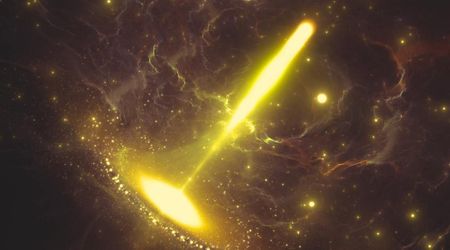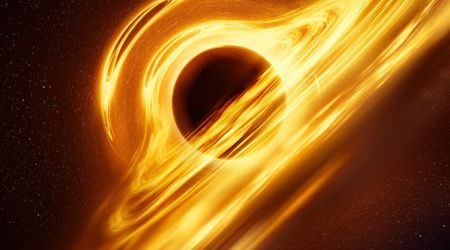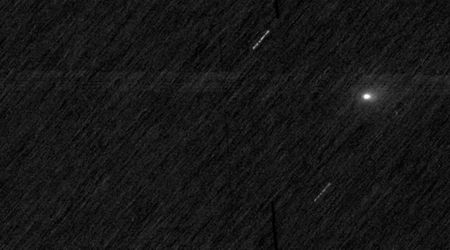SpaceX launches high-powered, digital audio satellite for SiriusXM from Florida

SpaceX launched a Falcon 9 rocket carrying the SXM-10 satellite for the broadcasting company, SiriusXM, as per Space.com. The launch was initiated early on Saturday, June 7, 2025, from Florida's Cape Canaveral Space Force Station at 12:54 a.m. EDT (0454 GMT). The first stage of the rocket came back to Earth after around 8.5 minutes from launch as planned. It touched down on "A Shortfall of Gravitas," the SpaceX drone ship stationed in the Atlantic Ocean. The upper stage of the Falcon 9 went on to carry the SXM-10 to geosynchronous transfer orbit above Earth.
Falcon 9 launches the @SiriusXM SXM-10 mission to orbit from Florida pic.twitter.com/NtQxaAJcze
— SpaceX (@SpaceX) June 7, 2025
Once in position, the spacecraft deployed the satellite into orbit as planned, around 33 minutes after launch. The satellite was built by Maxar Technologies and weighed 14,100 pounds. It will continue to maneuver and join SiriusXM's radio constellation to configure its capabilities to the mix. The launch on Saturday was the second by SpaceX for the broadcasting company, as a Falcon 9 had earlier carried the SXM-9 satellite in December 2024. The mission by SpaceX marked Falcon 9's 69th mission of 2025.
Falcon 9’s first stage has landed on the A Shortfall of Gravitas droneship pic.twitter.com/dvviypifu5
— SpaceX (@SpaceX) June 7, 2025
Among these, 51 missions were part of the company's Starlink broadband megaconstellation infrastructure in low Earth orbit. According to SpaceX, the launch was from Space Launch Complex 40 (SLC-40) at Cape Canaveral. The Saturday launch was also the eighth flight for the Falcon 9 first-stage booster. Previously, it had launched Crew-9, RRT-1, Firefly Blue Ghost Mission 1, Fram2, and three Starlink missions. Crew-9 and Fram2 were astronaut flights, while Firefly Aerospace's Blue Ghost and ispace's Resilience were two private moon landers sent to space.

Both landers were made by the Japanese company ispace and lifted aboard a SpaceX Falcon 9 rocket from NASA's Kennedy Space Center (KSC) in January, as per Space.com. Blue Ghost achieved a lunar touchdown on March 2, 2025, while Resilience was unsuccessful and crashed during its landing attempt on June 5, 2025. The first stage of this rocket came back to Earth and touched down on the "Just Read the Instructions" droneship of SpaceX off the Atlantic shore. The second stage flew forward to deliver the payload into the lunar transfer orbit.

Blue Ghost was deployed in orbit around 65 minutes after launch, and Resilience was deployed after 27 minutes. The Blue Ghost flight, named Ghost Riders in the Sky, was part of NASA's Commercial Lunar Payload Services (CLPS) program. It was Firefly's first mission to the moon and carried 10 NASA research and technology payloads. Resilience was the second uncrewed lunar mission by ispace to fail after the Hakuto-R lunar lander spacecraft in 2023. According to Starlust, a malfunction in the laser rangefinder led to delayed readings of distance, causing the crash.
Falcon 9 and Dragon rolled out to pad 39A in Florida earlier today ahead of Tuesday’s launch of @Axiom_Space’s Ax-4 mission to the @Space_Station pic.twitter.com/IenCNUSYFQ
— SpaceX (@SpaceX) June 7, 2025
SpaceX launched another Starlink mission carrying 26 Starlink satellites into orbit after the SXM-10 mission. The company had launched an array of three separate Starlink missions carrying multiple satellites into orbit before SXM-10. Yet another Falcon 9 launch is being targeted for Tuesday, June 10, 2025, to launch Axiom Space’s Axiom Mission 4 (Ax-4) to the International Space Station. According to SpaceX, the mission will carry a four-person crew to the laboratory in orbit, where they will conduct 60 scientific experiments and demonstrations.









